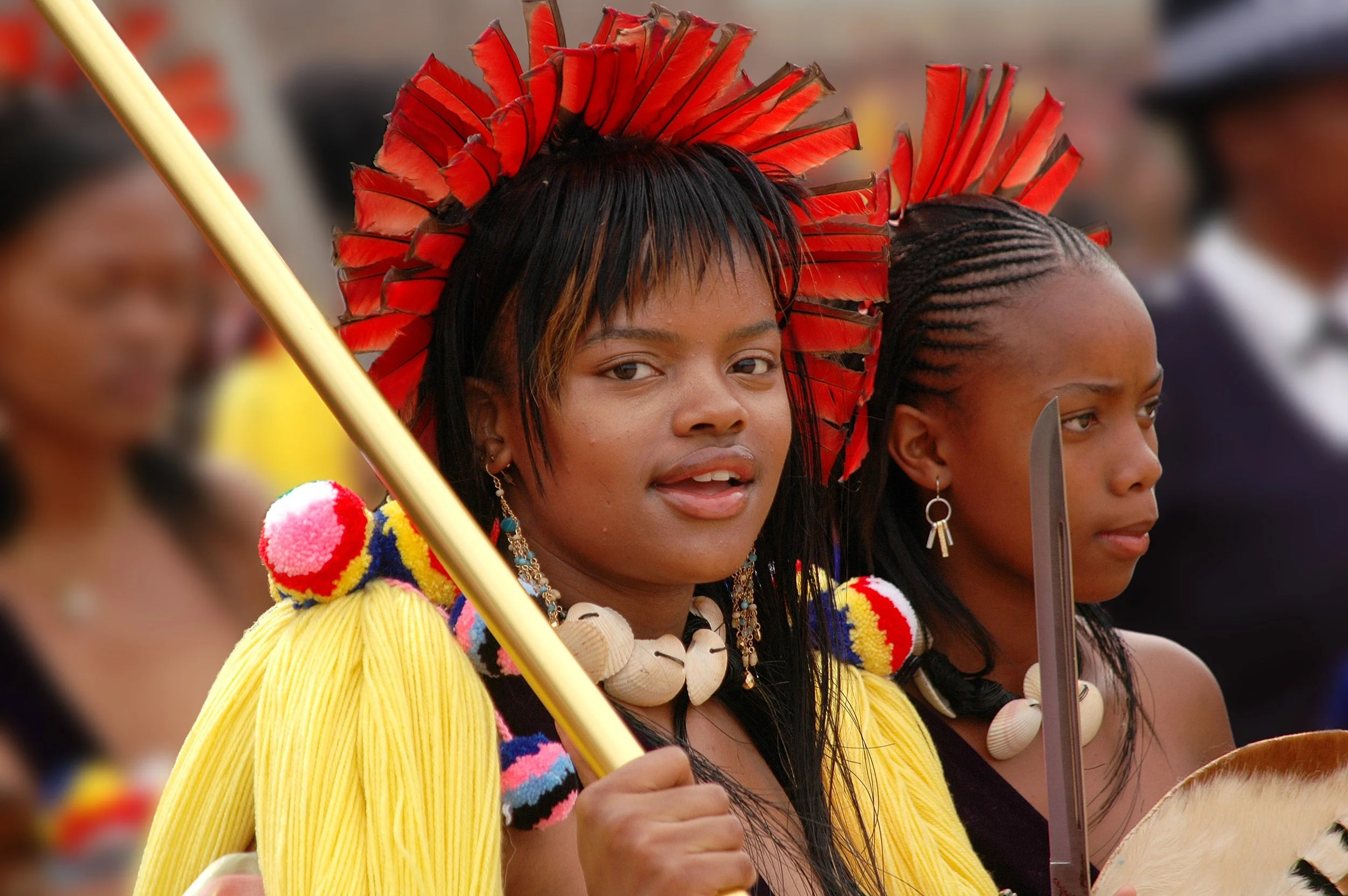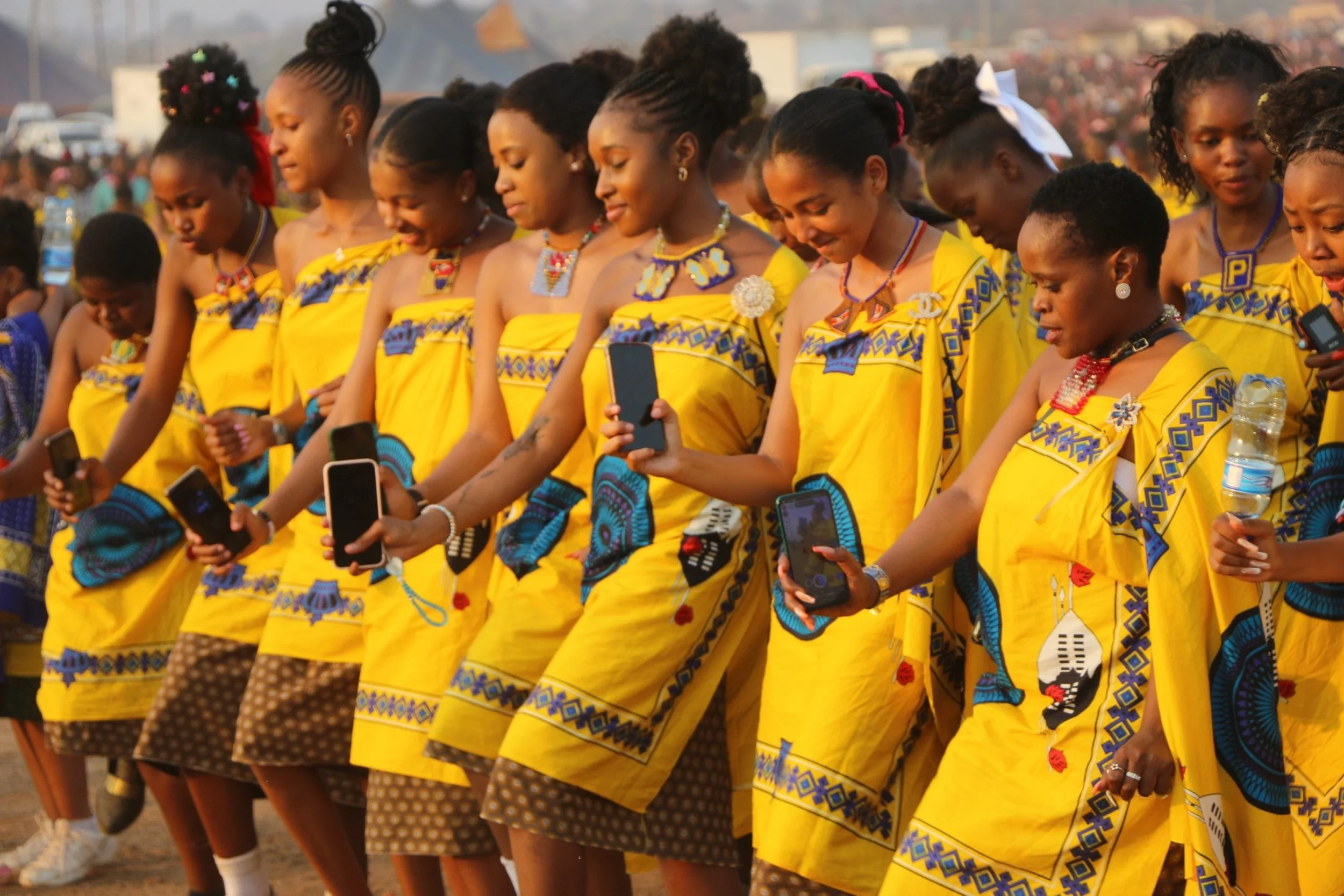Reed Dance (Umkhosi Womhlanga): A Celebration of Purity and Womanhood
By: Chimdindu Ken-Anaukwu
Every year in KwaZulu-Natal, thousands of maidens dress in vibrant beads and carry tall reeds towards the royal palace. The sun glints off golden ornaments, the drums roll, and the air hums with pride. This is Umkhosi Womhlanga; the Reed Dance.
It’s more than a festival. It’s a renewal of values, a conversation between generations, and a moment when the Zulu nation reminds the world that womanhood, dignity, and unity still matter.
The Origins: A Tradition Rooted in Respect
The Reed Dance traces its roots to the time of King Shaka Zulu, who established it as a ceremony of purity and discipline among young women. Over the centuries, it evolved into a national cultural event led by the Zulu monarch, now held annually at the eNyokeni Royal Palace in Nongoma.
But beyond the royal grandeur lies a deeper meaning: self-respect. The dance teaches young women the importance of preserving their dignity, making wise life choices, and honoring their families and community.
It’s a rite of passage, Zulu style.
The Ceremony: Reeds, Rhythm, and Royalty
The ceremony unfolds like poetry in motion.
Young women, called izintombi, gather from across the Zulu kingdom, each carrying a long reed, a symbol of purity. Together, they march to the palace, singing traditional songs and dancing in harmony.
The reed they carry isn’t just a prop; it represents strength and integrity. According to tradition, if a maiden’s reed breaks before it reaches the king, it’s believed to be a sign that she has lost her purity. Whether symbolic or not, the message is clear: values are to be upheld, not negotiated.
As the maidens dance before the king, the air fills with ululations and the pounding of drums. It’s not just spectacle; it’s heritage in full bloom.
And if you’ve ever seen it in person, you’ll know: the pride on those young women’s faces says everything.
The Deeper Meaning: Purity Beyond the Physical
Though often misunderstood as merely a “virginity test,” the Reed Dance goes far beyond that. It celebrates discipline, community values, and pride in womanhood.
The maidens are not shamed; they are honored. They are the custodians of future generations, walking symbols of cultural integrity.
For the elders, it’s a time to teach. For the young, a time to learn. And for the nation, a time to remember that true beauty comes with responsibility.
The Modern Relevance: Tradition Meets Today
In a world rapidly shifting towards modern ideals, some question the relevance of such ancient practices. Yet, the Reed Dance has found its balance, blending heritage with empowerment.
Many young women now see the ceremony as an opportunity to embrace their culture, connect with their peers, and celebrate being Zulu in a modern world. It’s not about control; it’s about identity.
Even with smartphones and social media, the rhythm of Umkhosi Womhlanga remains unbroken.
Cultural Symbolism: The Reed and the Crown
Every detail in the ceremony carries weight.
The Reed: A symbol of purity, unity, and strength.
The Beads: Each color tells a story of love, hope, and life.
The Dance: A collective heartbeat that connects the past to the present.
The King’s Blessing: A reminder that the community thrives when its women stand tall.
This blend of beauty and symbolism is what makes the Reed Dance more than a festival; it’s a spiritual reaffirmation of what it means to be Zulu.
Conclusion: The Dance That Never Ends
When the drums fade and the reeds are laid down, something remains; the rhythm in the hearts of every maiden who danced.
Umkhosi Womhlanga is not just a dance; it’s a declaration. A celebration of womanhood that honors the past while inspiring the future.
For every young woman who raises her reed high, she carries the message:
“I am Zulu. I am proud. I am the future.”



